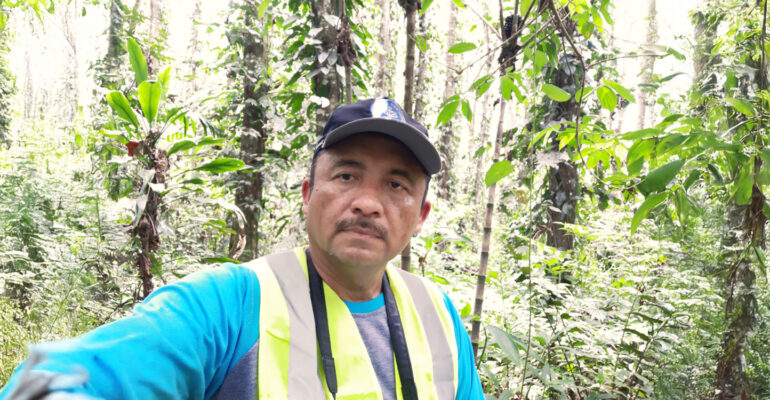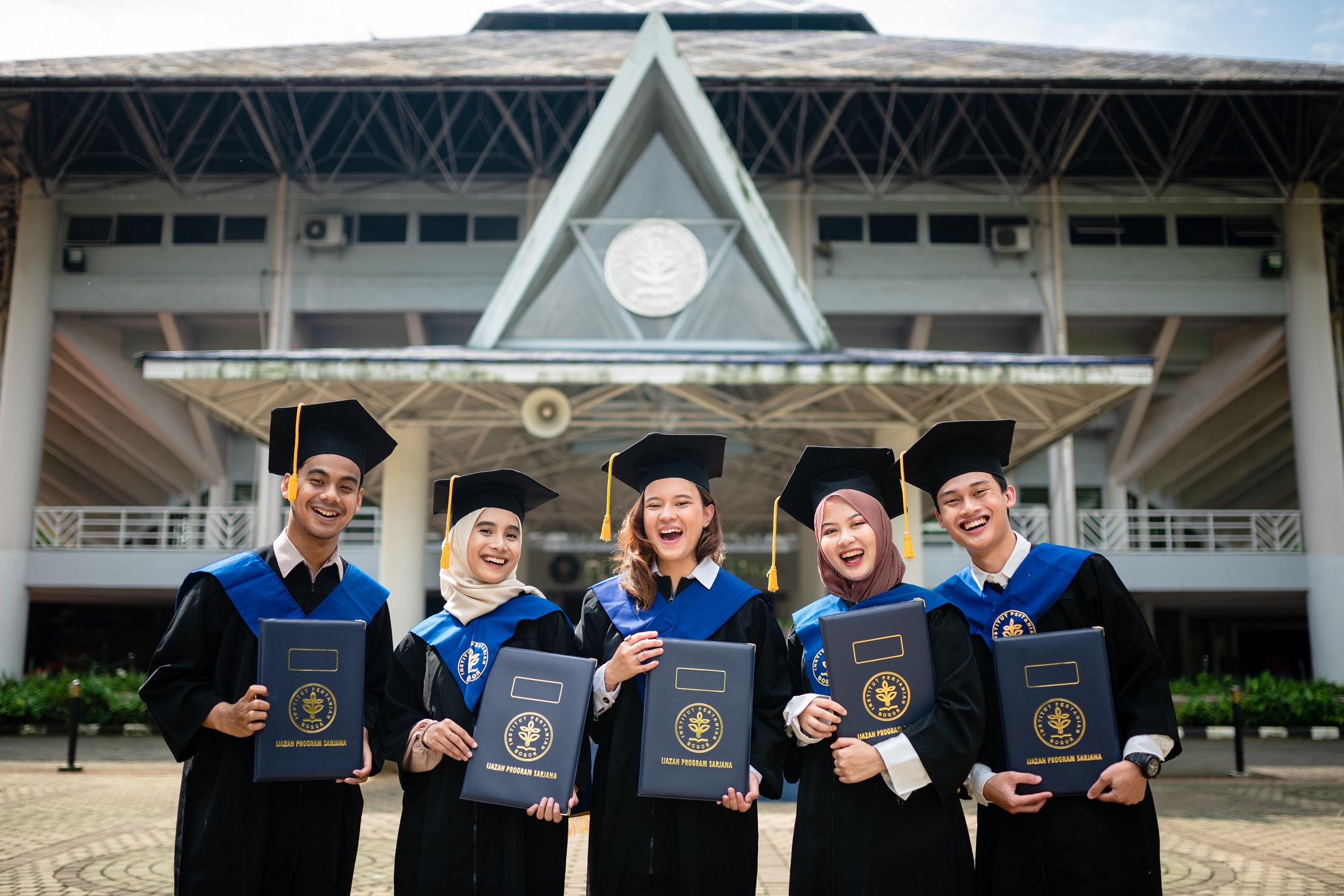CITES Convention Day: IPB University’s Technological Innovations for the Conservation of Endangered Flora and Fauna

Uncontrolled international trade has become one of the main factors accelerating the extinction of various flora and fauna. This is partly due to poaching, excessive exploitation, and habitat loss.
To address this threat, the world agreed to establish the Convention on International Trade in Endangered Species of Wild Fauna and Flora (CITES) in 1973. To commemorate this, CITES Convention Day is observed every March 6.
In relation to this, researchers at IPB University have conducted various research and technological innovations aimed at conserving endangered flora and fauna.
One of the initiatives includes research and breeding programs to increase populations. For example, research and breeding of the Maratua stonechat bird conducted by Taman Safari Prigen-Malang has successfully increased the population of this bird, which has become very difficult to find in its natural habitat on Maratua Island.
At the IPB Dramaga Campus, research is also being conducted on timor deer, barking deer, pangolins, mouse deer, green peacocks, and Bali starlings, which have successfully bred and provided positive hope for ex-situ conservation efforts.
“Through breeding and the rehabilitation of animals rescued from poaching operations, we adapt and restore them before releasing them back into their natural habitats, such as national parks,” explained Dr Nyoto, the lead researcher.
Drone and satellite technology, as well as bioacoustics, are also used to monitor the distribution, population, and behavior of wildlife, along with managing research data.
Cryopreservation Technology
Dr Nyoto, who is the Chairman of the Department of Conservation of Forest Resources and Ecoturism (KSHE) at IPB University, also explained cryopreservation technology. This method is used to preserve and prevent the extinction of rare and endangered plant species.
Cryopreservation involves storing plant tissues at very low temperatures (below -196°C) for extended periods. This technology is utilized in gene banks for nearly extinct plants, including agricultural gene banks and tissue culture for propagating rare plants.
“We have around 400 types of rare and commercial plants stored in tissue culture. These plants can be ‘put to sleep’ for years and ‘woken up’ again for development when needed,” he stated.
Assisted Reproduction Technology for Rare Animals
For animals, Assisted Reproduction Technology (ART) is employed to increase the population of the critically endangered Sumatran rhino. This technology offers new hope in efforts to save endangered species from extinction.
Additionally, the KSHE – IPB University collaborates with Esha Flora (CV Esha Biotech) to develop in vitro conservation technology in the Bioprospecting and Sustainable Utilization of Plants Laboratory. This laboratory focuses on propagating rare plant seedlings through tissue culture.
“With these various research and technologies, we hope to contribute to the efforts of saving endangered species from extinction,” concluded Dr Nyoto. (IAAS/RIN)



